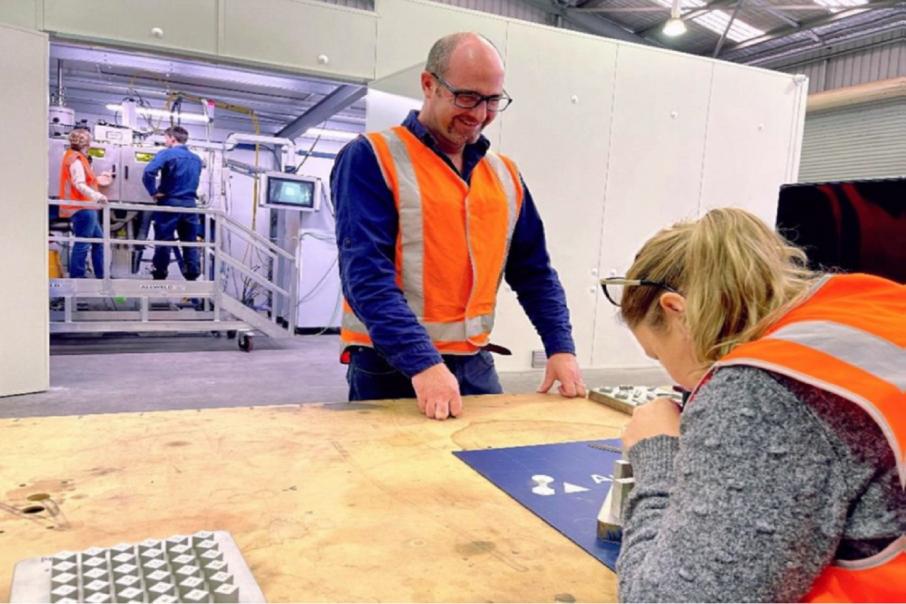ASX-listed 3D metal printing specialist Aurora Labs is making strong progress in its plans to develop faster and higher quality laser printing for heavy industry components, hitting the third milestone on its ‘pathway to commercialisation’ of its flagship 3D printer. Hitting its ambitious target would set Aurora apart from competitors in terms of production speed and power.


ASX-listed 3D metal printing specialist Aurora Labs is hitting the mark in its bid to develop faster and higher quality laser printing for components for heavy industry, ticking off the third milestone of what it describes as a four-stage pathway to commercialisation.
Aurora, which uses 3D printing technology to produce parts for a range of industrial customers, is aiming to prove its capacity to print in 316L-grade stainless steel at a power rating of 1.5kW, a target that would set it well apart from its competitors in the field in terms of speed of production and power input.
According to the company, the 1.5kW laser printing power it is targeting with its flagship RMP-1 model prototype laser printer exceeds traditional powder bed fusion laser power levels by between 1.5 and 7.5 times. Its aim is to open the way to producing complex components at higher performance levels and cheaper cost.
The company says it has achieved its phase 2 print parameter testing milestone, with reliable printing at 1.5kW power whilst maintaining part integrity against industry quality standards. The testing also met the company’s other targets for qualification in regards to increased power and production rate.
In its previous milestones it achieved print parameter testing and a fume extraction upgrade.
Aurora is using a unique combination of hardware and software, including the upgraded fume extraction system, variable laser focus and scan strategies to achieve effective printing at 1.5kW.
While the RMP-1 is still at a pre-commercial stage, management says the latest results are highly encouraging and it is optimistic the technology will give the company a distinct commercial advantage once it reaches the market.
Aurora Chief Executive Officer Peter Snowsill said: “A significant production rate increase without detriment to quality translates directly to cost savings for our customers. Aurora’s technology has matured to a point where we can identify suitable customer parts for the techniques we are employing, and the benefits are being defined."
“We are printing and testing in 316L stainless steel for its wide range of applications in key industries where durability in harsh environments is appealing. It is widely employed in mining, marine and oil and gas, which are the industries on our doorstep here in WA. Local capability is essential in the current climate, and our goal is to create solutions that service the needs of the region.”
Mr Snowsill said “high power, high quality and high build rate printing” were keys to being competitive in heavy engineering. Aurora was working with companies in primary target markets to understand their needs and steer its testing towards solving specific industry problems.
Aurora’s final development phase on its path to commercialization will focus on printing parts for customers to demonstrate the effectiveness of its technology in the market. Management says build-rate and cost of production benchmarking will be undertaken with independent third-party validation.
Aurora recently moved its Perth operations to a smaller, fit-for-purpose facility in the southern suburb of Canning Vale, helping it achieve cost savings and sharpen its focus on the RMP-1 printer’s 12-month technology pathway.
Is your ASX-listed company doing something interesting? Contact: matt.birney@businessnews.com.au








